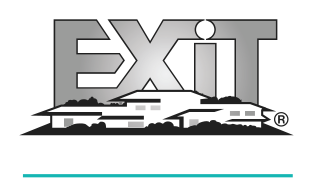When it comes to financing a home, the options can be overwhelming. One creative solution that homebuyers often explore is the piggyback loan. This financial strategy involves taking out two mortgages simultaneously, and surprisingly, it can sometimes cost less than opting for a single, traditional mortgage. In this blog post, we’ll delve into the concept of piggyback loans, exploring how they work, their potential benefits, and considerations for those contemplating this alternative route to homeownership.
Understanding Piggyback Loans:
A piggyback loan, also known as an 80-10-10 or 80-15-5 loan, involves the combination of two loans to avoid private mortgage insurance (PMI) and achieve a lower overall interest rate. The structure typically consists of a primary mortgage covering 80% of the home’s purchase price, a second mortgage covering 10% or 15%, and a down payment from the borrower for the remaining percentage.
Benefits of Piggyback Loans:
1. **Avoiding PMI:** One of the primary advantages of piggyback loans is the ability to sidestep private mortgage insurance. PMI is often required when a borrower puts down less than 20% on a home, and it adds an extra cost to the monthly mortgage payment. With a piggyback loan, borrowers can make a smaller down payment without incurring PMI, potentially saving money in the long run.
2. **Lower Interest Rates:** The interest rates on the second mortgage in a piggyback loan are typically higher than the first mortgage but can still be lower than the rates for a traditional mortgage. This can result in lower overall interest payments throughout the life of the loans.
3. **Tax Deductibility:** In some cases, the interest paid on both mortgages may be tax-deductible, providing additional financial benefits for homeowners.
Considerations and Risks:
While piggyback loans can offer advantages, it’s crucial to consider the potential risks and challenges:
1. **Higher Monthly Payments:** Though the overall interest rate may be lower, having two mortgages means higher monthly payments compared to a single mortgage. Borrowers need to ensure they can comfortably manage these payments.
2. **Market Conditions:** The success of a piggyback loan strategy can be influenced by market conditions. Changes in interest rates and housing markets can impact the cost-effectiveness of this approach.
3. **Qualification Requirements:** Securing two loans may involve stricter qualification criteria. Lenders may scrutinize the borrower’s financial health more closely, and a strong credit score is often a prerequisite.
Conclusion:
Piggyback loans offer a unique approach to financing a home, allowing borrowers to minimize their down payment, avoid PMI, and potentially secure lower overall interest rates. However, it’s crucial for homebuyers to carefully evaluate their financial situation, market conditions, and the specific terms of the loans before opting for this strategy. While piggyback loans may not be suitable for everyone, they represent a creative option for those looking to navigate the complexities of the real estate market with financial savvy.


